We had travelled barely 200 yards, the Ford Capri and I, and just begun a gentle right-hand turn into a roundabout when a rattling sound, familiar but unexpected, transported me back four decades at the speed of light.
Or more accurately, at the speed of thought, which is somewhat slower. The noise was easy to identify: the fluttering sound a leaf fragment makes when it encounters the blades of a two-speed Ford heater fan running on Low.
I’d heard it a hundred times in a Cortina 1600E I owned because, back then, Ford ventilation systems tended to ingest fallen leaves through an air intake grille ahead of the windscreen base, where they soon met the fan. When you cornered the car, the leaf shifted and the sound started. Or stopped.
My homemade remedy was always to switch to High, hoping the extra blade speed would mince leaves to powder, and occasionally it worked.
Ironically, this sojourn in a 47-year-old Ford wasn’t supposed to be nostalgic. It was spurred by recent changes in the law.
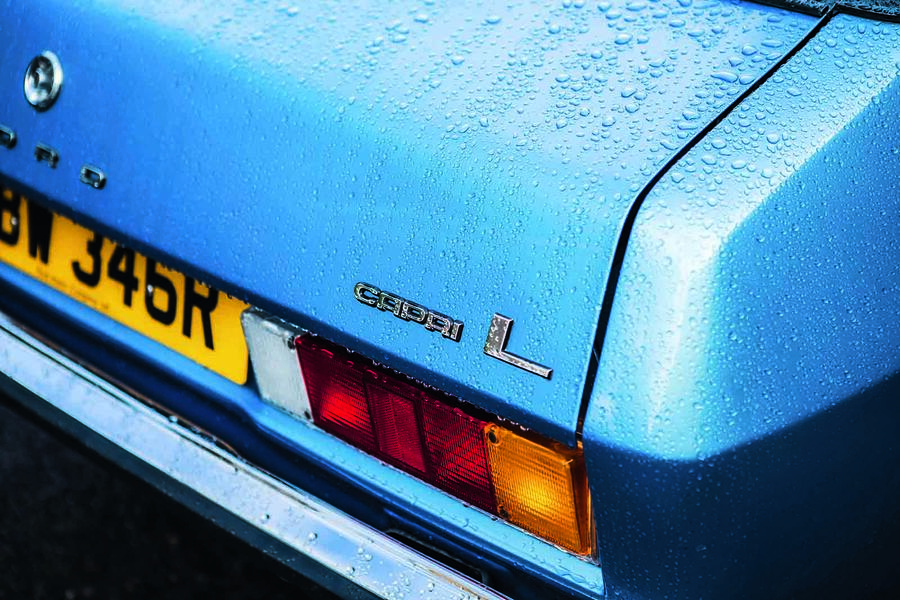
When Transport for London announced that certain cars, 40 years old or more, would be allowed to traverse the new London ULEZ boundaries without paying the £12.50 charge, we fell to wondering how it would feel to commute through London in a car as old as that.
Soon, the proposition widened: could a 40-year-old car do all of its owner’s motoring: country roads, motorways, night journeys, wet travel, suburbs and cities?
Sure, there are plenty of classic car zealots who make an issue of doing just this (powerfully insisting the greenest car of all is the one you never scrap) but how would it strike someone such as me, cosseted every day by the best the modern car industry can provide?

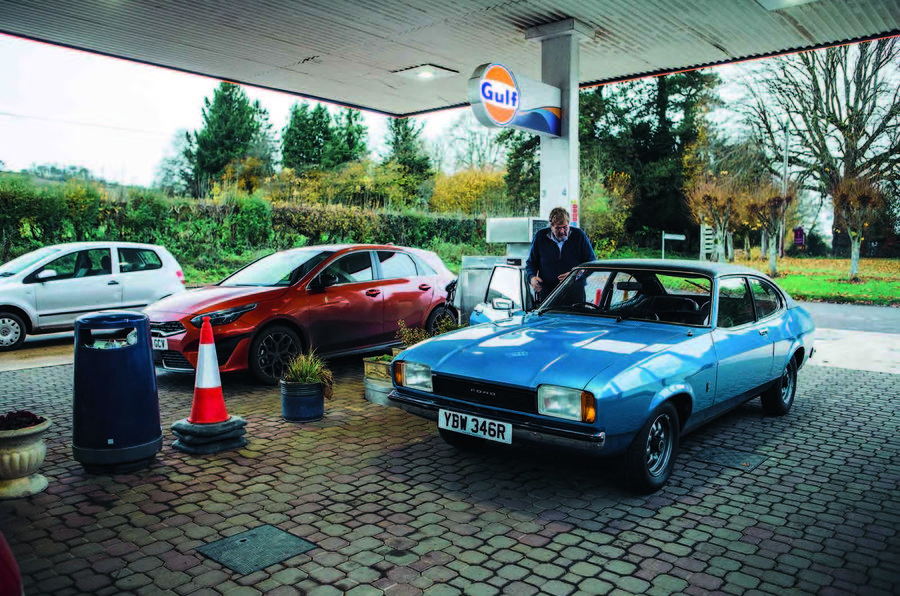



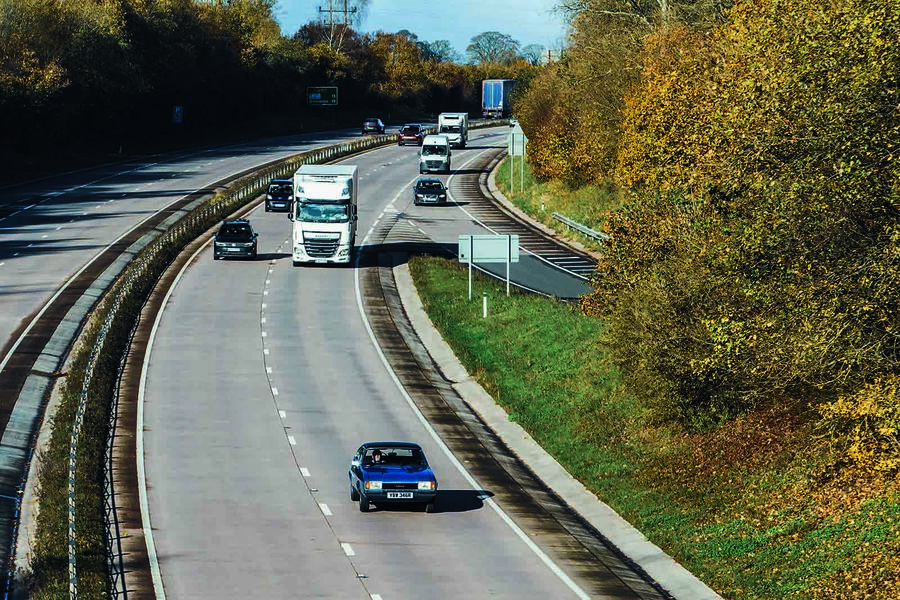
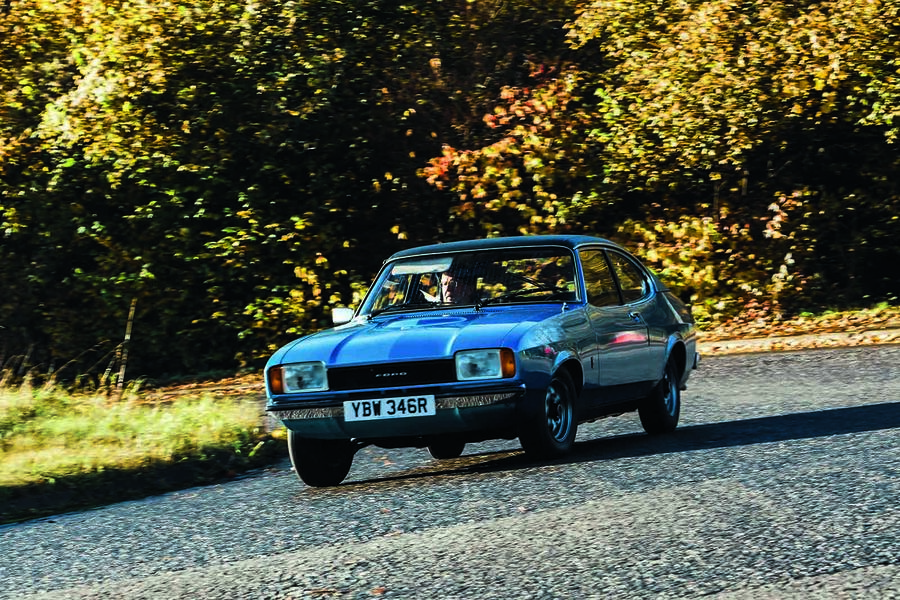

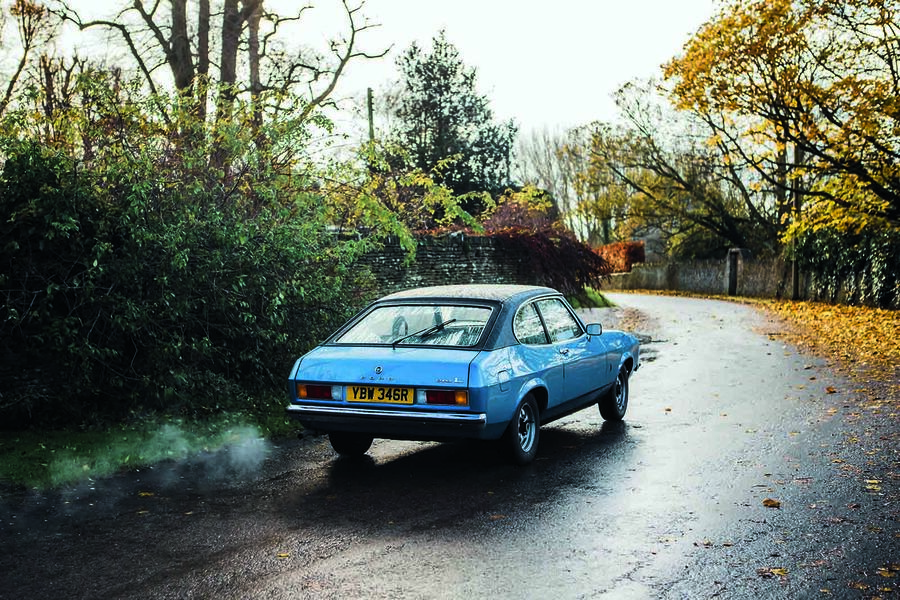
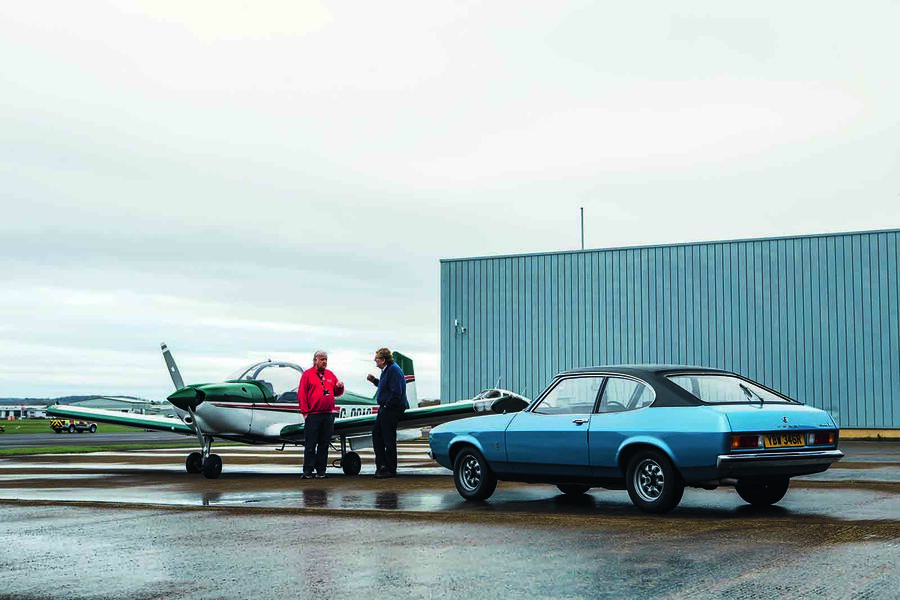






Join the debate
Add your comment
I'm assuming that Steve isn't really advocating using a highly polluting car to "get around" ULEZ. Reading what I have of his work over the years, I don't think he's a Luddite or climate change denier. It's just a premise for an opportunity to see what a car that we'd have been happy to drive daily 40 years ago feels like in the modern world. To which the conclusion is mainly a bit rubbish.
To answer the question of why it's there -the exemption is linked to the general historic vehicle tax exemption which broadly assumes that 40 years of Darwin eliminates most of the dross and what's left has some cultural value (and is probably not used that much) . A classic that isn't belching out fumes will get a lot of positive attention in Central London - people of all ages love seeing them and will tell you so.
There's no ULEZ based reason to buy a classic - it would be far cheaper to just buy a ULEZ compliant second hand car i.e. Euro 4 - the £20,000 for a "good" Capri would buy a vast range of decent modern cars - so would £10,000 for that matter.
I also don't know how anyone who has driven Caterhams can state that the steering on modern cars is better - they all have electric steering that is devoid of feel. I owned two different types of Caterham and have driven three versions of the Clio including the latest on twisty French roads. The latest version had very little feel; the Gen 3 was vague to the point of being worrying. Whereas e.g. a properly sorted unassisted Alfa from the seventies is sublime and older Caterhams with larger steering wheels and Mini racks used to be pretty good too.
Modern cars have much better ride quality, sound deadening, safety and fuel efficiency. They are also too wide, too heavy and have no feel in any of the controls - there are no new options for someone who would like something the size and weight of a Capri with modern safety and suspension. Which is why Singer, Alfaholics et Al can sell very expensive restomods.
" The other big reminder of the past was the stink of the exhaust: a second or two standing behind a 40-year-old carburettor car is more than enough to highlight the many advances in clean-air engineering since "
So, given that ULEZ is to remove this polution, exactly what does this achieve? Fortunately there are very few ancient classics around, and on the whole their owners are concerned about them lasting and not being pranged, so most won't try to use them to polute city air as daily driver cars. As others have said, sure it works. But the brakes are crap, the passenger protection terrible, and the maintenance high unless able to DIY it. £10,000 (the price of a restoration project given in the article) buys all manner of modern ULEZ-pass cars, which have better brakes, better occupancy protection, better fuel economy........